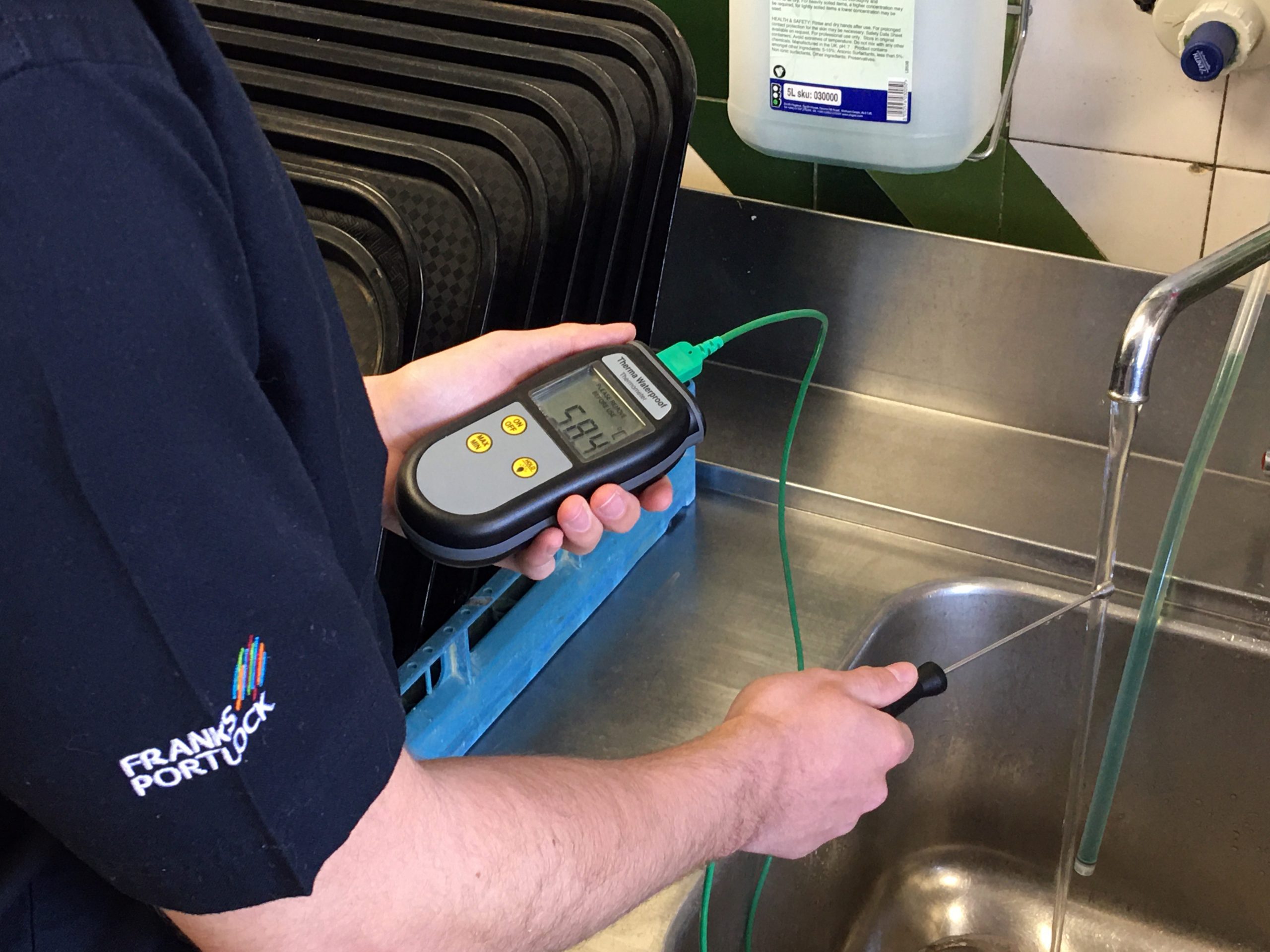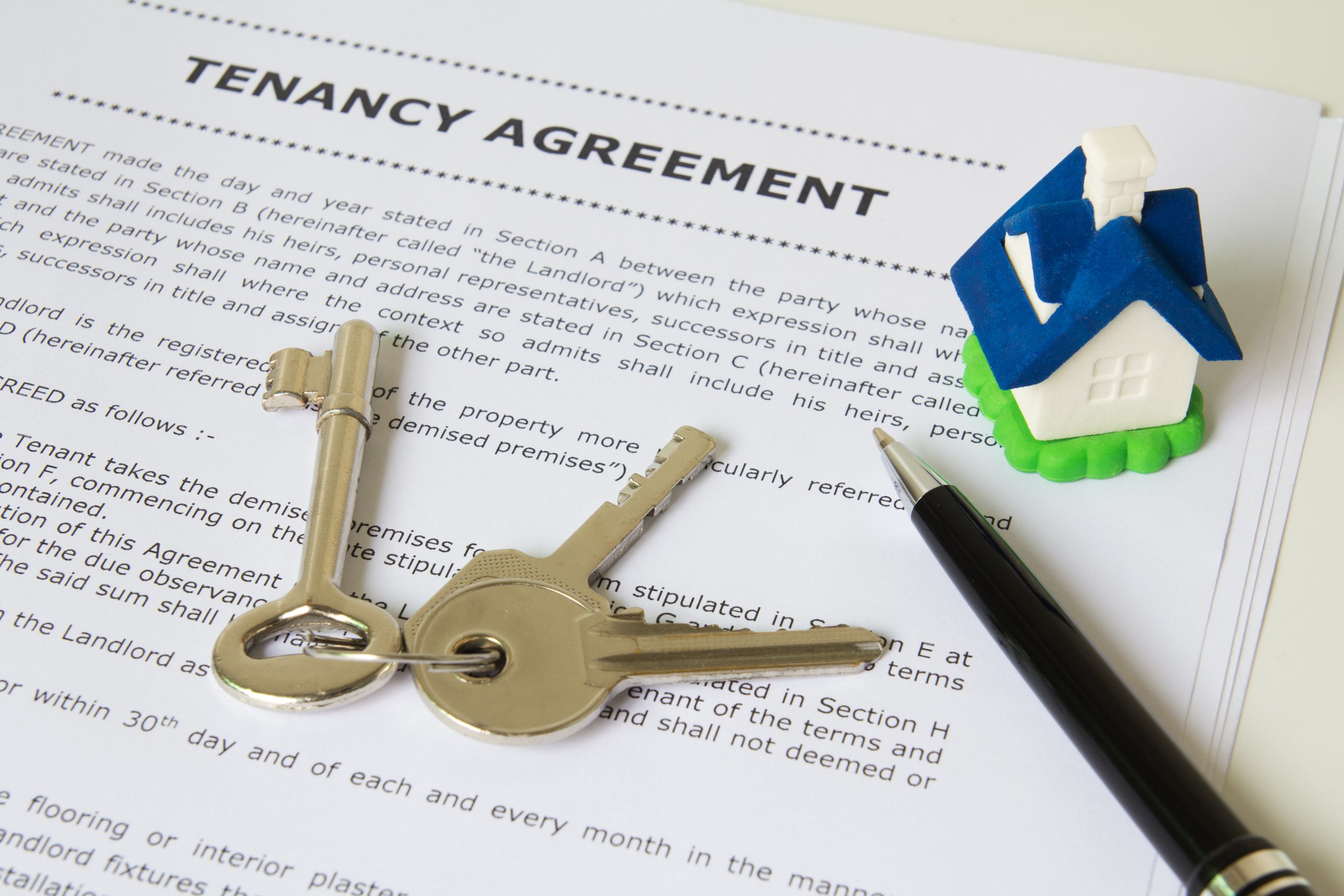What is Legionella?
Legionnaires’ disease is a potentially fatal form of pneumonia caused by the inhalation of small droplets of contaminated water containing Legionella. All man-made hot and cold water systems are likely to provide an environment where Legionella can grow.
Where conditions are favourable (ie suitable growth temperature range; water droplets (aerosols) produced and dispersed; water stored and/or recirculated; some ‘food’ for the organism to grow such as rust, sludge, scale, biofilm etc) then the bacteria may multiply thus increasing the risk of exposure.
It is a simple fact that the organism will colonise both large and small systems so both require risks to be managed effectively.
What is a landlord?
A landlord is anyone who rents out a property they own under a lease or a licence that is shorter than seven years. Landlords’ duties apply to a wide range of accommodation, occupied under a lease or a licence, which includes but not exclusively, residential premises provided for rent by:
- local authorities
- housing associations
- private sector landlords
- housing co-operatives
- hostels
The law and you
The law is clear that if you are a landlord and rent out your property (or even a room within your own home) then you have legal responsibilities to ensure the health and safety of your tenant by keeping the property safe and free from health hazards.
UK Legislation on Legionella and Landlords
There has been no change to UK legislation. Since the L8 Approved Code of Practice (3rd edition) (ACOP) was published in 2001, there has been a requirement for landlords of both domestic and business premises to assess the risks from exposure to Legionella to their tenants.
L8 Approved Code of Practice (ACOP) was revised and republished in November 2013 and retained the guidance on the requirements of HSWA and COSHH for employers AND those with responsibilities for the control of premises including landlords (L8 ACOP, paragraphs 1 and 2).
It applies to the control of Legionella bacteria in any undertaking involving a work activity and applies to premises controlled in connection with a trade, business or other undertaking where water is used or stored and there is a reasonably foreseeable risk of exposure to Legionella bacteria (L8 ACOP, paragraph 22).
Section 3(2) of the Health and Safety at Work Act 1974 (HSWA)
- Section 3(2) of the Health and Safety at Work Act 1974 (HSWA) makes provision for relevant health and safety legislation to apply to landlords to ensure a duty of care is shown to their tenants’ with regard to their health and safety.
General duties require under section 3(2)
- The general duties require under section 3(2) that “It shall be the duty of every self-employed person to conduct his undertaking in such a way as to ensure, so far as is reasonably practicable, that he and other persons (not being his employees) who may be affected thereby are not thereby exposed to risks to their health or safety”.
Section 53 of HSWA
- Landlords, under Section 53 of HSWA are regarded as being self-employed and tenants fall into the class of “other persons (not being his employees)”. If you rent out a property, you have legal responsibilities to ensure you conduct your undertaking in such a way that your tenant(s) are not exposed to health and safety risks.
The Control of Substances Hazardous to Health Regulations 2002 (COSHH)
- The Control of Substances Hazardous to Health Regulations 2002 (COSHH) provides a framework of actions to control the risk from a range of hazardous substances, including biological agents (eg Legionella) – to identify and assess the risk, and implement any necessary measures to control any risk
What Your Tenant Needs to Know
Tenants should be advised of any control measures put in place that should be maintained eg not to adjust the temperature setting of the calorifier, to regularly clean showerheads and tenants should inform the landlord if the hot water is not heating properly or there are any other problems with the system so that appropriate action can be taken.
Where showers are installed, these have the means of creating and dispersing water droplets (aerosols) which may be inhaled causing a foreseeable risk of exposure to Legionella. If used regularly (as in the majority of most domestic settings) the risks are reduced but, in any case, tenants should be advised to regularly clean and disinfect showerheads. Instantaneous electric showers pose less of a risk as they are generally cold water-fed and heat only small volumes of water during operation.
Additional Actions for Properties Left Vacant
It is important that water is not allowed to stagnate within the water system and so there should be careful management of properties left vacant for extended periods (e.g. student accommodation left empty over the summer vacation).
As a general principle, outlets on hot and cold water systems should be used at least once a week to maintain a degree of water flow and minimise the chances of stagnation. To manage the risks during non-occupancy, consideration should be given to implementing a suitable flushing regime or other measures such as draining the system if it is to remain vacant for long periods. However draining the system can create problems on its own and should be avoided if at all possible.
Legionella checks for landlords
The practical and proportionate application of health and safety law to landlords of domestic rental properties is that whilst there is a duty to assess the risk from exposure to Legionella to ensure the safety of their tenants, this does not require an in-depth, detailed legionella risk assessment. The risks from hot and cold water systems in most residential settings are generally considered to be low owing to regular water usage and turnover.
A typical ‘low risk’ example may be found in a small building (eg housing unit) with small domestic-type water systems, where daily water usage is inevitable and sufficient to turn over the entire system; where cold water is directly from a wholesome mains supply (no stored water tanks); where hot water is fed from instantaneous heaters or low volume water heaters (supplying outlets at 50°C); and where the only outlets are toilets and wash hand basins.
A simple assessment may show that there are no real risks and are being properly managed and no further action is needed. It is important to review the assessment in case anything changes in the system.
Implementing simple, proportionate and appropriate control measures will ensure the risk remains low. For most domestic hot and cold water systems, temperature is the most reliable way of ensuring the risk of exposure to Legionella bacteria is minimised i.e. keep the hot water hot, cold water cold and keep it moving. Other simple control measures to help control the risk of exposure to Legionella include:
- flushing out the system prior to letting the property
- avoiding debris getting into the system (eg ensure the cold water tanks, where fitted, have a tight fitting lid)
- setting control parameters (eg setting the temperature of the hot water cylinder (calorifier) to ensure water is stored at 60°C)
- make sure any redundant pipework identified is removed.
The risk is further lowered where instantaneous water heaters (for example combi boilers and electric showers) are installed because there is no water storage.
Who can assess the risk?
In most cases, the actions landlords need to take are simple and straightforward, so compliance for landlords does not need to be burdensome or costly. Most landlords can assess the risk themselves and do not need to be professionally trained or accredited; but if they do not feel competent, or inclined to do so, they can arrange for someone to carry out a legionella risk assessment on their behalf.
Most landlords are able to understand the set of risks of running a hot and cold water system in a way that provides the above conditions; and would also be able to implement cheap, simple and effective physical control measures required to minimise the risk of the system becoming colonised with Legionella and other microorganisms.
Keeping a record of the risk assessment
Landlords are not necessarily required to record the findings of the assessment (this is only a statutory duty for employers where there are five or more employees), but they may find it prudent to keep a record of what has been done for their own purposes.
Reviewing your risk assessment
The law does not prescribe that the legionella risk assessment be reviewed on an annual or biennial basis. It is important to review the assessment periodically in case anything changes but where there are difficulties gaining access to occupied housing units, appropriate checks can be made by carrying out inspections of the water system, for example, when undertaking mandatory visits such as gas safety checks or routine maintenance visits. If you have already had a Legionella Risk Assessment completed, the review date should be stated within the risk assessment and be based on the findings of the document.
Are domestic properties proactively inspected?
HSE and Local Authority inspectors do not proactively inspect domestic premises or ask for evidence that landlords have undertaken a risk assessment. However, if a tenant were to contract Legionnaires’ disease from the water system in their home, the landlord may be liable to prosecution under HSWA, and would have to demonstrate to a court that they had fulfilled their legal duty, so it is important that they assess and control the risks (see www.hse.gov.uk/press/2010/coi-e-05.htm).
Testing (or sampling) the water system for Legionella
Testing or sampling for Legionella (sometimes referred to as microbiological monitoring) is not usually required for domestic hot and cold water systems, but only in very specific circumstances (HSG274 Part 2, para 2.120). Testing for Legionella should not be confused with temperature monitoring, which is a reliable method for confirming the water system is under control. Health and safety law does NOT require landlords to obtain, produce nor does HSE recognise a ‘Legionella test certificate’.
For any further information or assistance please contact us using the details provided: 0191 4193116 or contactus@franksportlock.co.uk
 ASBESTOS REGULATION COMPLIANCE CHECKER
ASBESTOS REGULATION COMPLIANCE CHECKER 0191 419 3116
0191 419 3116 contactus@franksportlock.co.uk
contactus@franksportlock.co.uk








